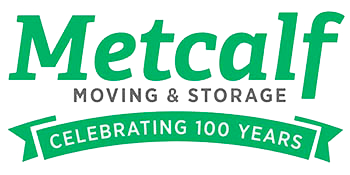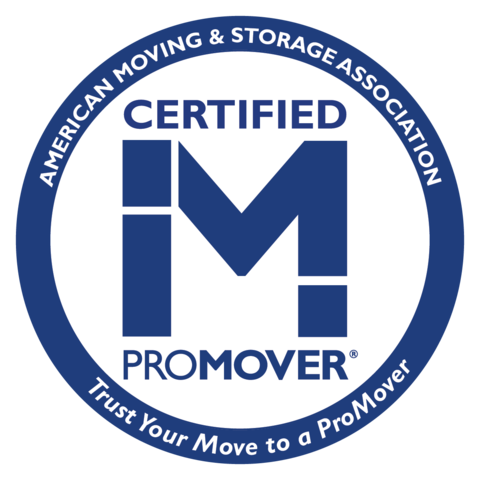METCALF MOVING BLOG
6 Tips on How to Move Yard Equipment
Typically, when moving your items from one place to another, you only need to focus on getting as many boxes as possible. However, some belongings, like yard equipment, don’t fit neatly into a box. In this case, you must devise an action plan to ensure your items reach their destination in one piece without destroying anything else.
Here are six easy steps to safely and efficiently relocate your yard tools when making a household move.
Step One: Assess Each Tool’s Condition
If you’re not a big yard work enthusiast, most of your tools will likely sit in the garage or shed, waiting to be used. In most cases, they’ll be dirty and unkempt. However, in some instances, the tools may have rust or other problems.
So, before you start packing anything, make sure that you a) want to bring the tool with you and b) that it’s in good condition. After all, there’s no reason to bring a rusty or broken item to your new house or apartment.
Step Two: Clean Everything Thoroughly
Ideally, you can clean your yard tools after each use. However, realistically, they’ll still have dirt, grass, and other debris stuck to them. Since you want to avoid bringing all that dirt into your new house on your tools, now is the time to clean the tools thoroughly.
It is not necessary to make them look brand new or shiny. Instead, ensure they’re in good condition so you can use them upon your arrival in your new home. Combine this step with the one above for maximum efficiency. Or if your tools are really dirty, consider paying someone to clean them before moving.
Step Three: Pay Attention to Sharp Edges
Many yard tools are meant for pruning, sawing, digging, and scraping, so there are a lot of pointy ends and sharp edges. Before moving, you want to cover these pieces so they don’t cause accidental injury. Even if you’re transporting them in a box, they could puncture the material or damage the carton en route.
One easy way to care for edges is to cover them with gaffer’s tape or something similar. But you should use something other than duct tape, as it will leave a sticky residue that’s hard to remove.
Step Four: Bundle Similar Tools
Yard tools can also be grouped based on what they do with your yard. For example, you can keep gardening tools together and hedging and trimming tools separately. But, again, the reason to bundle similar items is for organizational purposes. If everything is separated, it’s easier to know whether something is missing.
Also, you can label boxes or carrying bags according to what’s inside rather than a generic “yard tool” sticker.
Step Five: Separate Power Tools From Batteries and Cords
Separate the batteries and cords to prevent accidents and damage. Since these tools are tough and sharp, they could puncture a battery or sever a cord during the move. Keeping them apart ensures everything arrives in one piece.
Step Six: Consider What You’ll Need and What You Can Sell
Depending on where you’re moving, you may need more or fewer yard tools to manage your outdoor spaces. Now is the time to assess what to keep and what to sell. For example, if you’re downsizing, you can sell off or donate many of your tools to make the transition even more manageable.
Get Help Moving Your Yard Items Today!
Moving doesn’t have to be a chore. We can help with everything from packing and shipping to unpacking and organizing. Contact us today to find out more!












